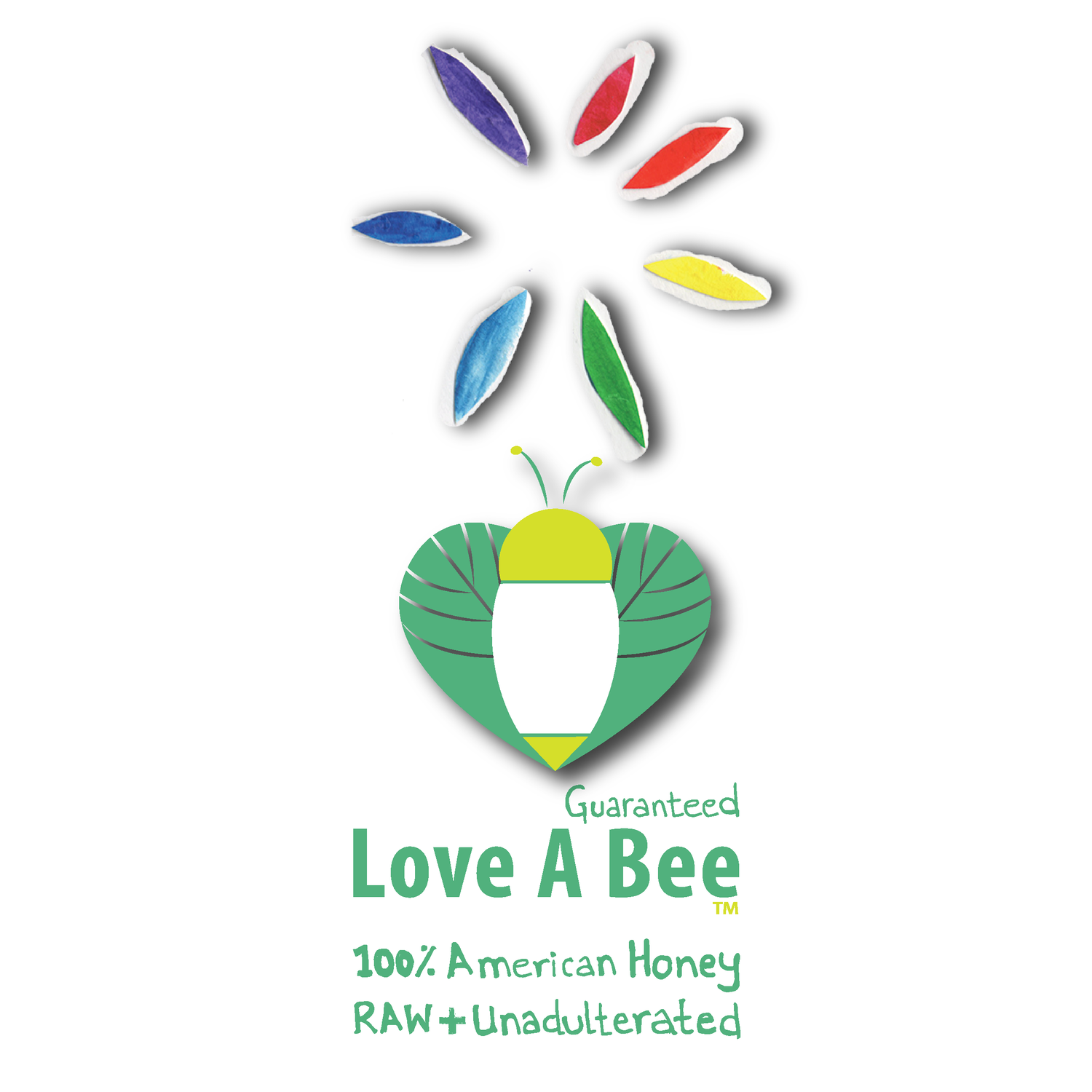Why should I take the time to taste honey?
Great question! The short answer is: if you want to taste the earth and sky of an area, then taste its honeys! You’ll be rewarded with a true taste of the diversity and goodness that the soil produces.
OK, so the taste of honey is area based?
Area, seasons and crops are all major factors in the taste of honey and they’re all inter-related. It’s all based on what the bees think looks good and what they want to bring in. That’s why you can have variation in the taste of honey from one hive to the next, and why honey from this year’s crop might also taste quite differently from last year’s.
So what’s the best way to taste honey?
A tried and true way is to first hold your nose — let the honey spread across your tongue, then open your nose to get the full taste.
So we did that — how come my description of a particular honey is totally different from my friend’s description of the same honey?
Taste isn’t a simple matter. For starters, some of us actually have more tastebuds than others. If you want to find out if you are a born taster and you’re of a scientific disposition, there’s a straightforward process outlined here: https://www.scientificamerican.com/article/super-tasting-science-find-out-if-youre-a-supertaster/
If you don’t want to read the article, trust us: because some of us have more taste buds than others, we can have very different responses to the exact same honey. As well, taste has many different components and you and your friend might respond to particular components differently. You might respond to texture or viscosity more than your friend does, for instance.
Another factor is that taste is often quite evocative and some tastes may even be linked to our earliest memories. For example, an acquaintance loves the Sourwood honey with comb that her grandfather would bring back from the North Carolina foothills. She says it was her first taste of honey and even today when she tastes it she immediately thinks of ‘home’ and she uses words such as ‘warm’, ‘sweet’, and ‘cedar’ to describe the taste. If you taste the same honey, you almost certainly won’t share her association of ‘home’ at all, and your description of the taste won’t be influenced in the same way.
A third factor is that our expectations hoodwink us into getting the taste wrong. For example if you sample Orange blossom honey, and you ‘know’ that this honey comes from orange trees and as the honey itself is orange in colour, ‘orange’ is what you taste.
If you take a bit more time, (or if you taste blindfolded) you are more likely to notice Jasmine or Honeysuckle. This is because the bees are bringing in nectar from the orange blossom, and it’s the flower’s nectar properties that determine the taste, not the fruit.
So as you can see, there’s a lot of complexity that influences what we taste. We might not all be super-tasters, but we can improve our enjoyment of the subtle and not so subtle differences in different raw honeys, if we use the ‘hold the nose’ technique and just allow the taste of the honey to come through, free of any memories or expectations.
